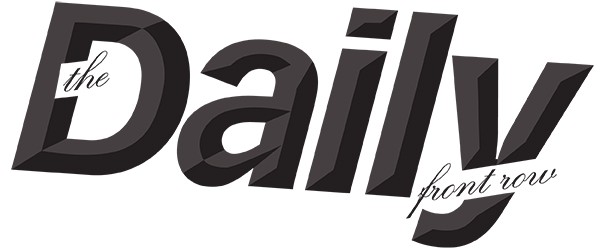Fashion trade fairs have long been an industry mainstay: a flurry of handshakes, hurried booth visits, and hopeful encounters in buzzing exhibition halls. But as the cost of attendance rises and ROI becomes less certain, the format many once considered essential is facing a relevance crisis.
That is why Hyperscout, a B2B tech fashion platform launched recently by Dutch fashion veteran Jan Brabers, is on its way to make waves across Europe. Fresh off its showcase at Pitti Uomo, the world’s most influential menswear fair, Hyperscout is offering a radical rethink: use AI-powered matchmaking to bring the right buyers to the right brands, before, during, and after the fair.

(Courtesy)
“Right now, most fairs are still selling square meters and hoping for foot traffic,” Brabers says. “But brands need results instead of just jangling. Hyperscout is here to deliver exactly that.”
Brabers is no stranger to the inefficiencies of the current system. With nearly two decades in global fashion business development, including buying, brand building, and market expansion, he’s experienced the old model from every angle.
“The ROI for brands attending a tradeshow is still largely a gamble,” he explains. “You fly across the world, pay a small fortune, and hope the right buyer walks past your booth. Meanwhile, the data powering those connections is outdated or non-existent.”
That’s where Hyperscout steps in.
Powered by a proprietary AI engine, the platform profiles and ranks millions of fashion players globally using over 15 commercial and aesthetic variables, everything from product category and price point to target audience and brand DNA. It then delivers precision matches, connecting retailers, brands, and sales agencies through a digital interface that continues working well beyond the trade-show floor. The goal is to turn every interaction into a curated, purposeful exchange and every trade-show into a smart sourcing experience.
Hyperscout’s credibility got an early boost when it was picked up at the e-P Summit in Florence, a prestigious intersection of fashion and tech. Shortly after, the company debuted at Pitti Uomo, where it was used to match exhibitors with qualified buyers ahead of the show.
Pitti Uomo is currently trialing Hyperscout in-house in preparation for their winter show. The hopes are that, instead of relying on serendipity, exhibitors using Hyperscout will have tailored meeting schedules with vetted buyers whose profiles match their commercial goals. For retailers, it will provide previews of aligned brands, allowing for efficient planning and meaningful discovery. “With AI, we’re not removing the human touch,” Brabers stresses. “We’re enhancing it. The real value happens when you meet the right person, not just any person.”
For fashion fairs facing questions about relevance and cost justification, Hyperscout offers a new value proposition.
Organizers can now quantify ROI with post-show metrics, track engagement trends, and expand their global reach by enabling virtual matchmaking. For councils and associations, it’s a way to support local fashion ecosystems by helping designers find international partners without the prohibitive cost of traditional market entry.
“Governments are now interested too,” Brabers notes. “They see this as a way to promote ‘Made in Britain’ or ‘Made in Italy’ in a much more scalable, data-driven way.”
And for young brands, often the most under-resourced players in the market, Hyperscout could be game-changing. With tools for identifying the right retailers and planning market expansion strategically, even a small label without PR muscle or showroom access can chart a viable path toward growth.
“Too often, these brands pour their budget into one big shot, like a showroom in Paris, and just hope for the best,” says Brabers. “We give them something better: proof of concept, market fit analysis, and a smarter way to build wholesale traction.”
The platform isn’t just a tech layer. It’s part of a bigger vision to democratize access to the fashion business. With its app launching this fall, Hyperscout will be available not only to fair organizers and councils but also directly to brands, agents, and retailers. Brabers says the pricing model will remain accessible: “We want as many users as possible. More diversity means better matches.”
Crucially, Hyperscout is not a data-harvesting machine. Contact details aren’t sold or mined for cold outreach. “This isn’t about spam,” Brabers says. “It’s about real conversations with the right people.”
By automating the research and profiling that once took teams weeks or months, the platform allows users to focus on what actually moves fashion forward: creative storytelling, relationship-building, and, yes, touching the fabric.
“Fashion will always need that moment of human connection,” Brabers says. “Our job is to make sure that moment happens between people who are truly meant to meet.”
As the platform continues rolling out with Pitti Uomo and negotiates further deals with global fashion councils, Brabers is focused on scale with purpose. Strategic partnerships, expanded datasets, and smarter onboarding processes are all in motion. But his mission remains clear. “Everyone in fashion is looking to lower risk, cut costs, and expand reach,” he says. “Hyperscout doesn’t replace human instinct. It strengthens it with data. And that’s how we build a more resilient, creative, and connected industry.”
Presented by: APG

